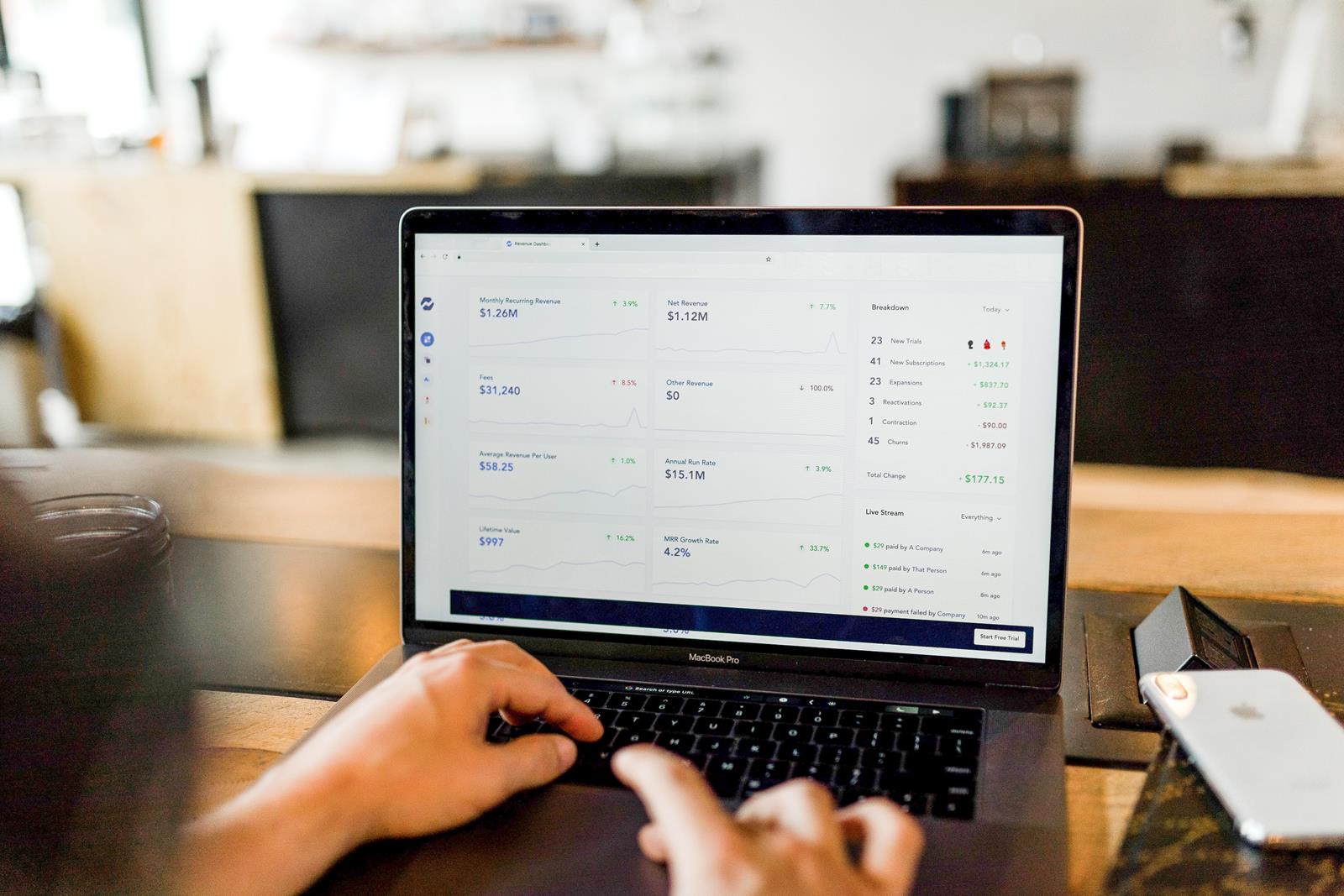E-Commerce Versus B2C
E-commerce is basically the act of selling or purchasing of goods over the Internet or via electronic means and over web-based services. The process has been around ever since the Internet was introduced to the world, but the actual technology to create e-commerce has only been around for the past few years. This means that the actual technologies required to facilitate the process of e-commerce have not changed too much in the past few years. There are some fundamental aspects that have remained unchanged though.
One of the things that has remained constant is the fact that consumers have to go to a physical location to actually purchase or pay for something. In this respect, there is no real difference between e-commerce and the traditional retail environment. In the case of e-commerce though, consumers do not need to physically move from one place to another to pay for their goods. In most cases, they can simply pay using their credit card. This makes the entire process of purchasing goods online a lot more convenient than the process of physically going into a store and purchasing the items that they require.
Another thing that has remained relatively constant over time is the fact that consumers do not have to actually interact with the business or the salesperson or even visit the actual premises of the business itself. They can do all these things right from the comfort of their own home or office. In this sense, e-commerce does actually have some advantages over brick-and-mortar retailing. For example, with e-commerce websites, consumers are able to research and shop online before actually going into a store to buy the items that they require. This means that the process of shopping and choosing become a lot easier for the end user.
On the flip side, the convenience provided by e-commerce does have some disadvantages. One of these disadvantages refers to the fact that consumers who make purchases through e-commerce websites do not have the opportunity to physically check the goods that they wish to purchase. The reason for this is that the goods are delivered to them digitally and they are therefore unable to physically check the goods in physical terms. This means that there is a higher risk that the goods that are purchased through e-commerce websites may contain defects or that the goods may not be delivered to the consumer in a good condition.
For e-commerce businesses, it is necessary that they use a different approach to marketing consumer goods compared to the way in which they market other types of consumer goods. Consumer goods that are sold online cannot be physically inspected before being purchased. The main reason for this is that it would be difficult to monitor consumer goods whether they are sold online or not. This is why many e-commerce businesses prefer to engage in a service like B2C marketing instead of trying to achieve a level of success through physical retailing.
The main difference between B2C and e-commerce marketing is that a retailer only has to pay a commission to the provider of the consumer-to-consumer product if a sale has been made via the website. In other words, a retailer pays a fee to the middleman instead of engaging in the process of promoting the consumer-to-consumer product directly. This enables the retailer to focus more on making a profit rather than focusing on the process of selling the consumer-to-consumer product itself. In this way, the retailer has the ability to maximize the amount of money that he or she makes from the sale of the consumer-to-consumer product.
The problem with using a B2C website to promote a brand is that most people will not buy a product unless they physically see it. This means that the e-commerce site needs to take measures to ensure that the consumer will actually walk into the physical store to make the purchase. This can be done in a number of ways, the most common of which is to employ the services of a professional photographer to take pictures of the consumer visiting the e-commerce site, along with offering these photos at no cost to the consumer. The photos can then be used on the e-commerce site as advertising space. The more photographs the site uses, the more likely it is that a consumer will actually end up walking into the physical store to make the purchase of the item that is being promoted by the e-commerce site.
One of the largest trends currently seen within the realm of e-commerce and the global marketplace is the increasing use of the internet to both advertise and facilitate the purchase of goods. Both B2C and e-commerce sites are able to take advantage of the internet to market their goods. For example, B2C sites such as Facebook and Twitter have become widely known for allowing users to post short advertisements and reviews about certain goods and services. Similarly, e-commerce sites such as Amazon have begun using the Mechanical Order Portals system to allow consumers to enter the specific items that they wish to purchase online, and then allowing the goods to be delivered directly to their doorstep via registered postal service.
